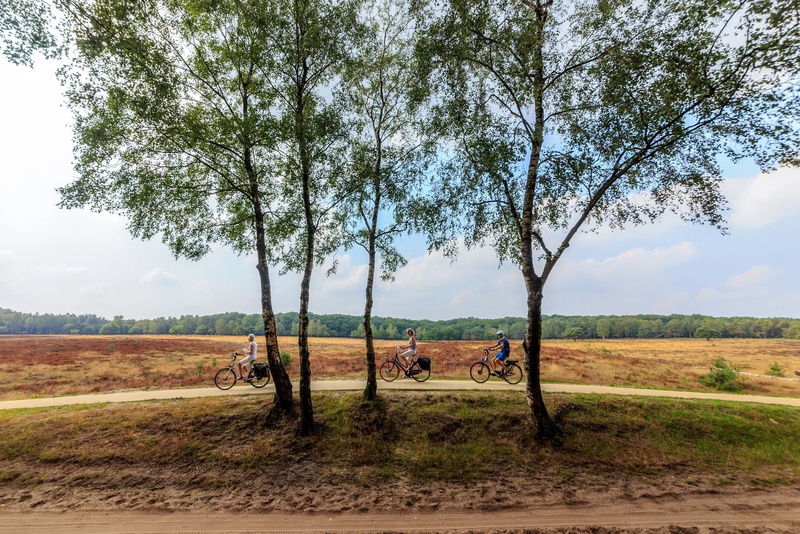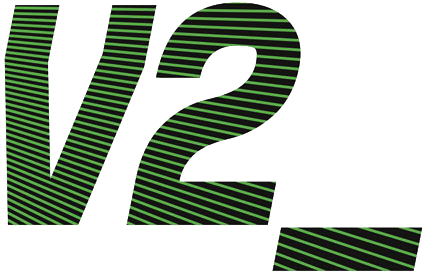S4W Open Call Challenge: Drought in Waterland

 Host / Region
Host / Region
 | V2_, Lab for the Unstable Media/ Veluwe |
 Abstract
Abstract
The Veluwe area can be seen as a sandbox in which water retention is low. The purpose of this residency is to develop resilient strategies for rainwater retention and groundwater use in order to achieve a better balance between human activities and the natural environment in this area.
 Keywords
Keywords
groundwater depletion, drought, ecosystem restoration, safe and affordable drinking water, water retention, sandbox, drought monitoring, data collection and information design, bioretention planting, agroforestry, food forestry.
 Description of the regional challenge
Description of the regional challenge
Many would describe the Netherlands as a waterland. And yet surprisingly, the most pressing water-related problem that the country is currently facing may be drought. In fact, for the Veluwe area specifically, drought is a growing problem. Groundwater fluctuations over the next ten years will probably not be very different from those of the past thirty years, but a rising number of tourists, higher temperatures and a longer growing season will increase the pressure on Veluwe’s water system.
 Region information
Region information
The Veluwe area is a high-lying, forest-rich area in the province of Gelderland. It features many different landscapes that include woodland, heath, small lakes and Europe’s largest sand drifts.
The Veluwe covers approximately 1,000 km². The region is enclosed between the Ijssel River, IJsselmeer lake, the Lower Rhine and the Guelders Valley. Royal Estate Het Loo is located near Apeldoorn, and its 10,400 hectares make it the largest estate in the Netherlands. The Hoge Veluwe National Park is located in the southwest of the Veluwe and spans 5,400 hectares.
Within its forested area, there are only a few villages - approximately 13,900 people live in this area of 912 km². Thus, the area, with only 15 inhabitants per km², is exceptionally sparsely populated by Dutch standards.
 How is the mission S+T+ARTS driven?
How is the mission S+T+ARTS driven?
The project encourages interest in rainwater - in its retention, storage and use - in such a way that the rights and interests of both people and nature are respected. This requires investment in adequate infrastructure, drought monitoring, data collection and information design, in collaboration with regional water authorities and other organisations. Protecting and restoring water-related ecosystems is also essential.
 Residency support network
Residency support network
- Greenport Gelderland (GG)
- Visit Veluwe
- De Hoge Veluwe National Park
- Platform Nature-inclusieve Agriculture Gelderland
- Witteveen en Bos
- The Dutch Water Museum
